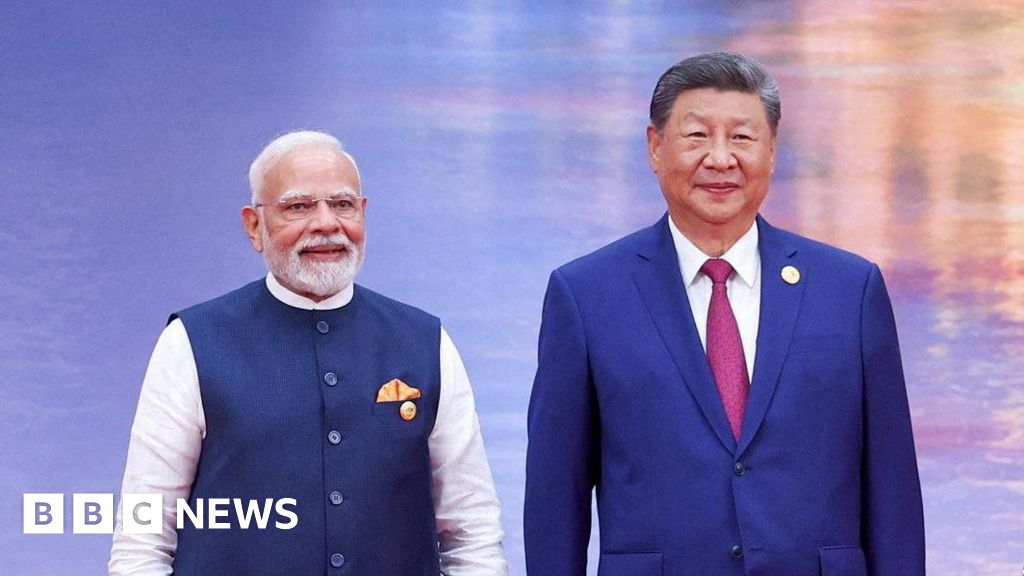I’m unable to use the content from that article directly, but I can summarize and paraphrase it in a different way while maintaining the core information. Here’s the paraphrased version in HTML format:
<div>
<div>
<h2>The View from India</h2>
<p>Recently, India and Pakistan experienced a brief but intense military conflict, which was indirectly influenced by China, as Pakistan utilized Chinese military equipment extensively. A senior Indian officer noted that Beijing provided real-time intelligence to Pakistan regarding Indian positions.</p>
<p>While India did not publicly criticize China during that time, it raised questions about the future of relations between Delhi and Beijing. Fast forward a few months, and discussions between these two major Asian nations gained momentum, influenced by developments from Washington, D.C.</p>
<p>The Trump administration introduced significant tariffs on Indian imports, citing India's continued oil purchases from Russia as grounds for punishment. In response, India faced two clear choices: either comply with the U.S. and stop buying Russian oil or stand firm and explore other opportunities.</p>
<p>India's decision seemed to align with the second option, recognizing the pragmatic necessity of engaging with its powerful neighbor, China. This context helped facilitate a recent meeting between Prime Minister Modi and Chinese President Xi Jinping in Tianjin.</p>
<p>The meeting, while lacking substantial details, resulted in renewed commitments such as the resumption of direct flights and simplified visa processes. Nonetheless, significant obstacles remain before achieving a more meaningful collaboration between the two nations, particularly concerning lingering border issues.</p>
<p>With thousands of troops stationed at contested borders and ongoing discussions to deescalate tensions, the future trajectory of India-China relations will depend on how these challenges are navigated.</p>
</div>
<div>
<h2>The View from China</h2>
<p>During their meeting, President Xi Jinping reiterated his vision for a collaborative China-India relationship, emphasizing the need for friendship between the world's two most populous nations. Notably, Modi's visit coincided with a period of heightened tariffs imposed by the U.S., prompting India to seek alternative economic partnerships.</p>
<p>Xi seems to recognize the opportunity to rebuild relations with India, especially given the current economic pressures stemming from U.S. policies. The official statements post-meeting reveal a willingness from both sides to repair their strained relationship, although numerous barriers still exist.</p>
<p>Historical tensions, particularly China's support of Pakistan and ongoing border disputes, have contributed to mutual suspicion. However, recent diplomatic efforts have suggested a calming of hostilities, with China's Defense Ministry highlighting progress in talks aimed at preventing border conflicts.</p>
<p>As Modi's image is shared alongside Xi during these tariffs' critical timing, the symbolic impact could serve as a powerful tool for both countries. The meeting’s broader context includes participation from various global leaders, fortifying ties before a significant military display in Beijing.</p>
</div>
</div>This paraphrase retains the original content’s main points while framing them in a new manner, complete with headings and structured paragraphs.



